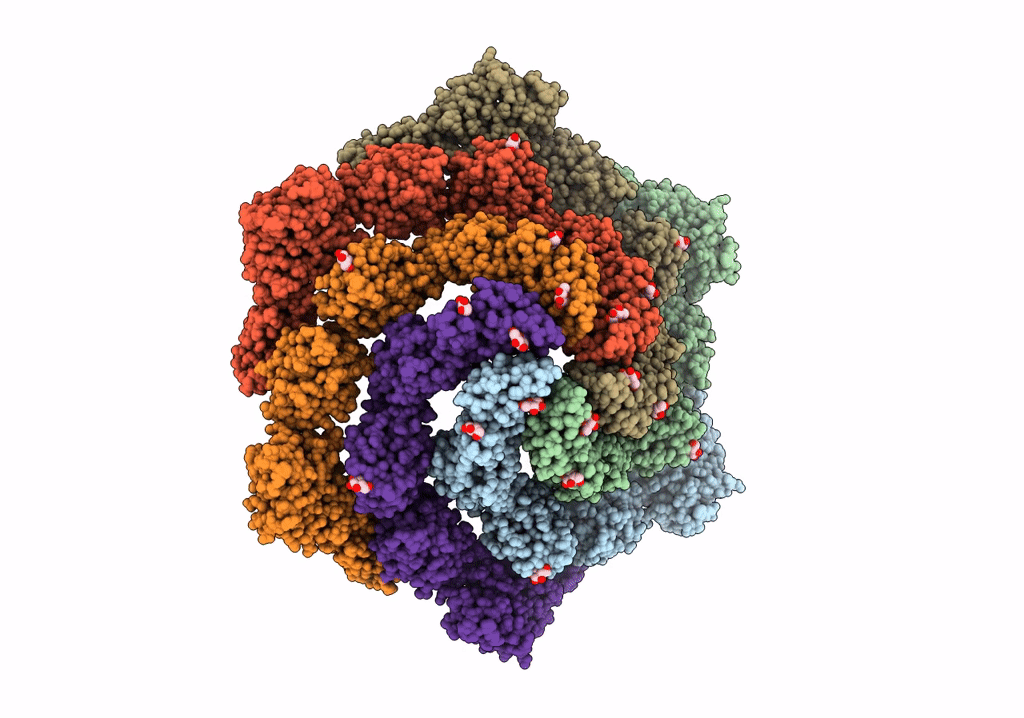
Deposition Date
2021-09-27
Release Date
2021-12-15
Last Version Date
2024-10-09
Entry Detail
PDB ID:
7PTR
Keywords:
Title:
Structure of hexameric S-layer protein from Haloferax volcanii archaea
Biological Source:
Source Organism:
Haloferax volcanii DS2 (Taxon ID: 309800)
Method Details:
Experimental Method:
Resolution:
3.46 Å
Aggregation State:
2D ARRAY
Reconstruction Method:
SINGLE PARTICLE


